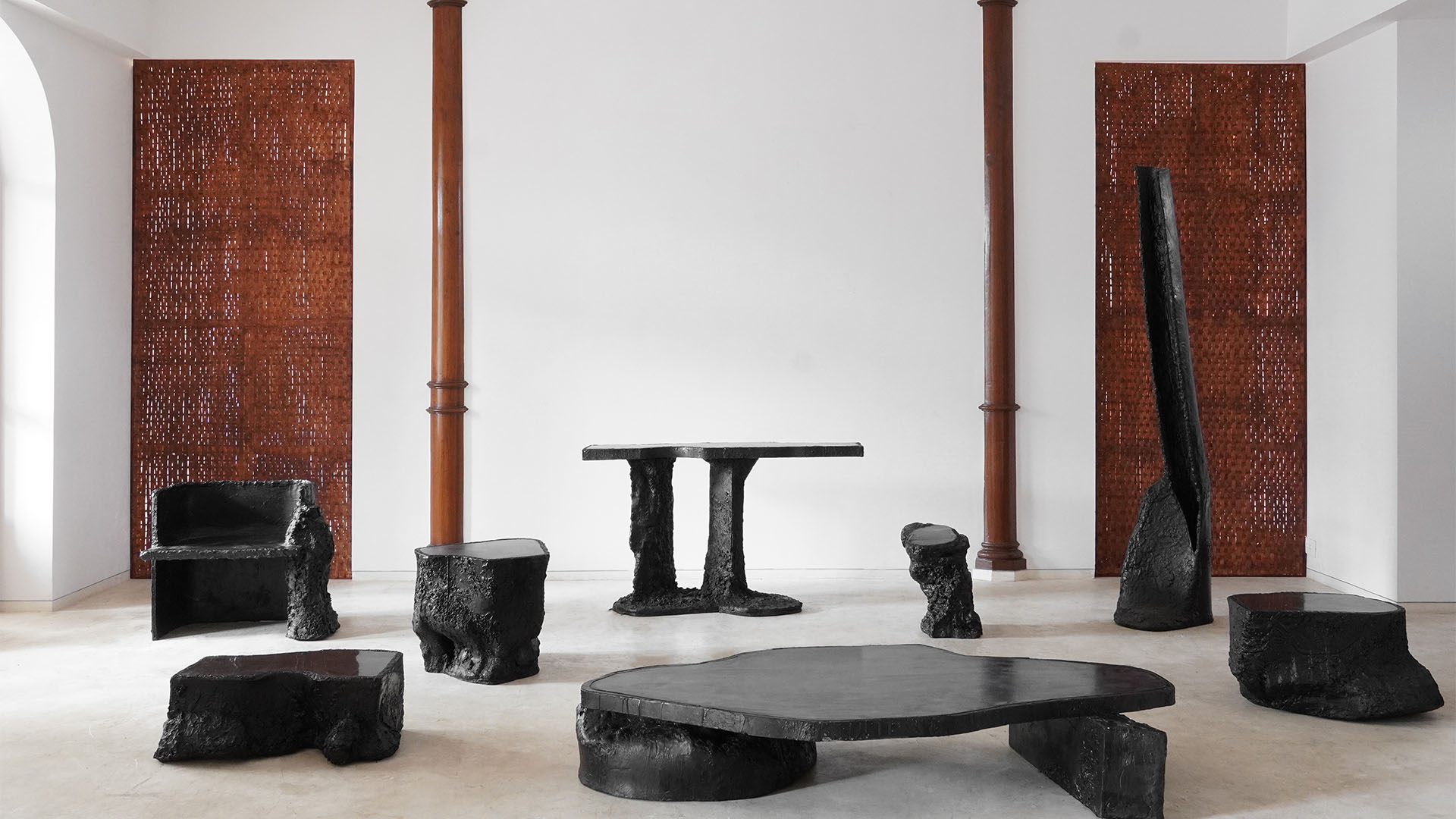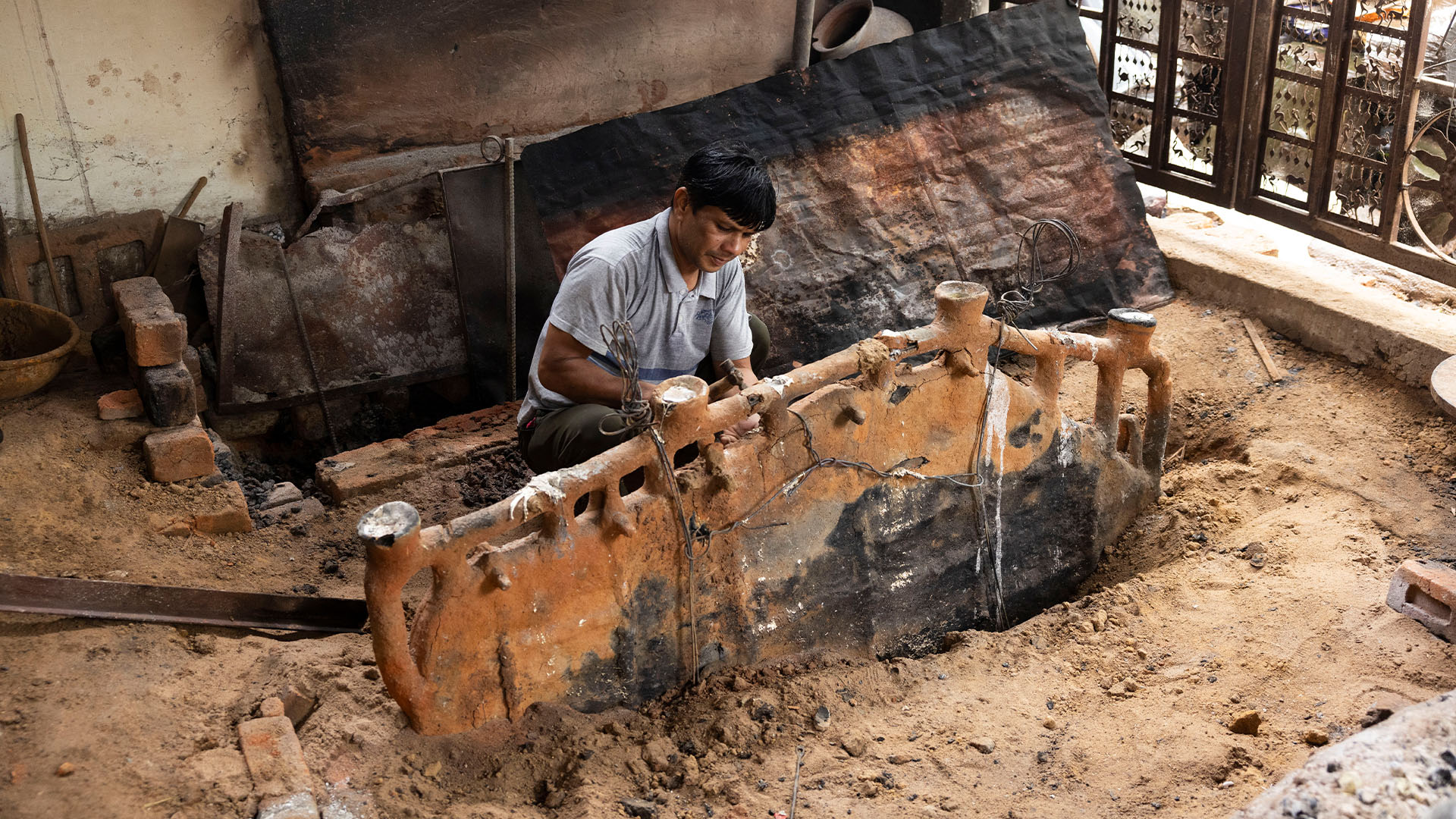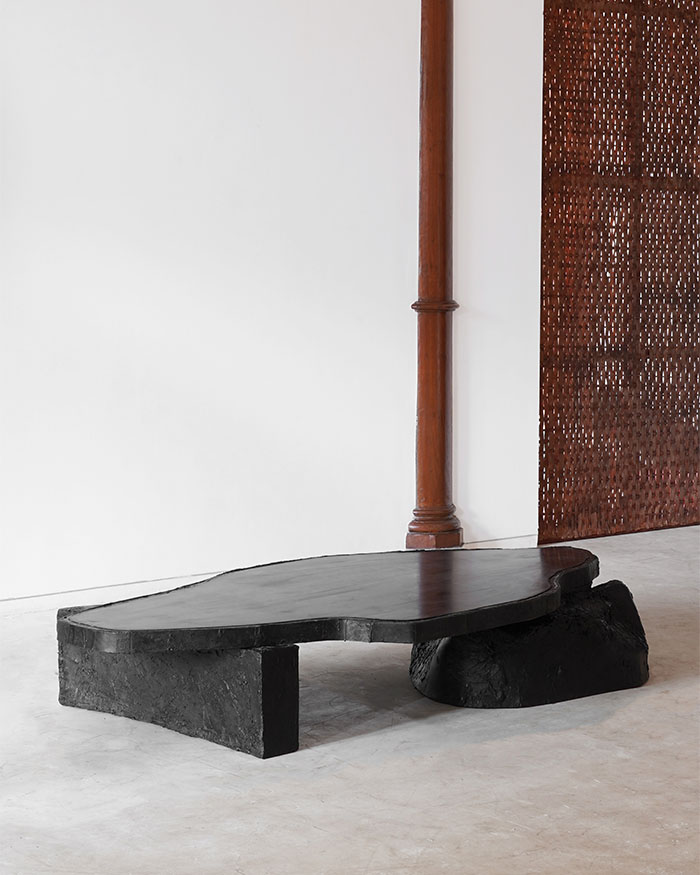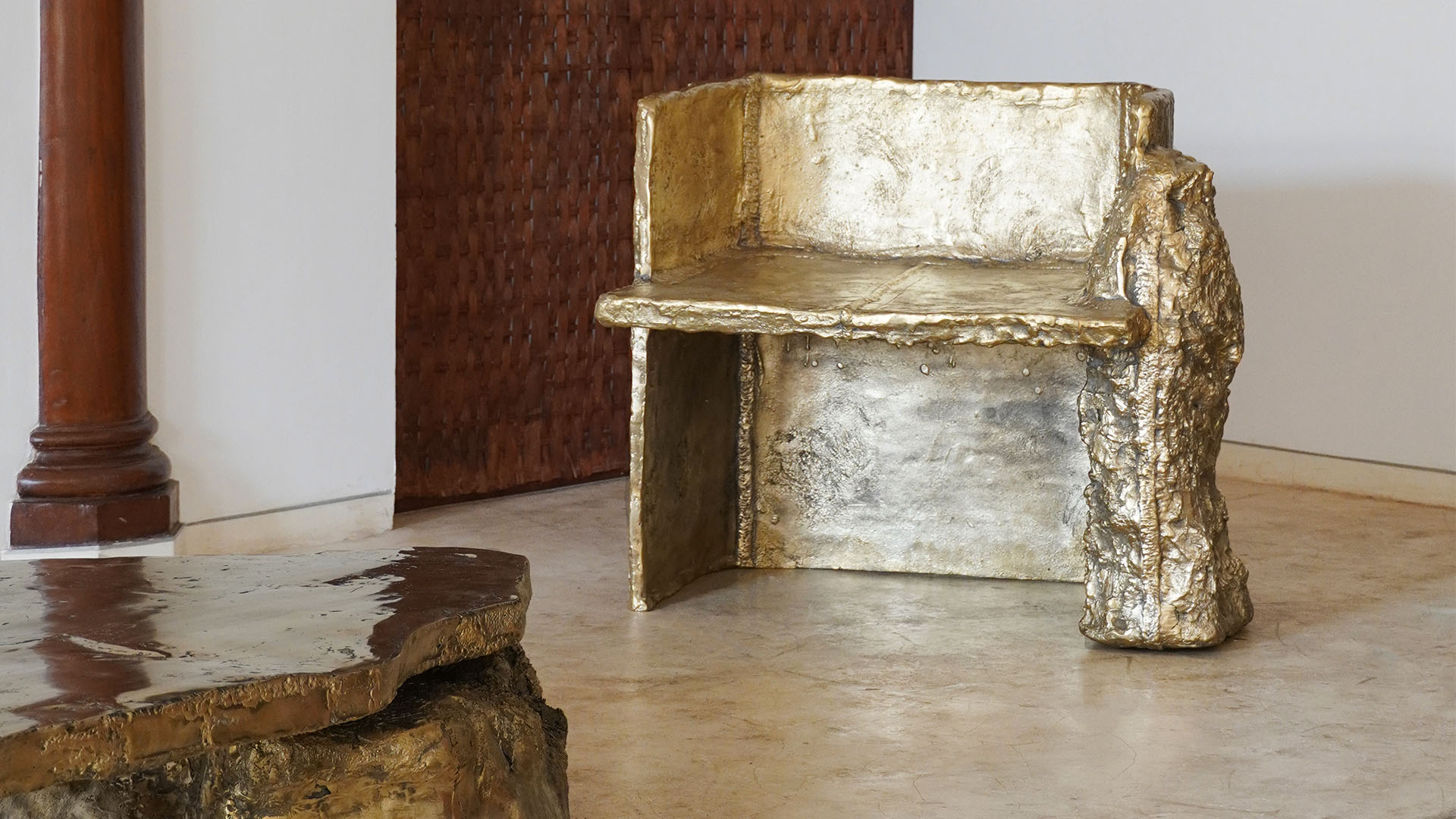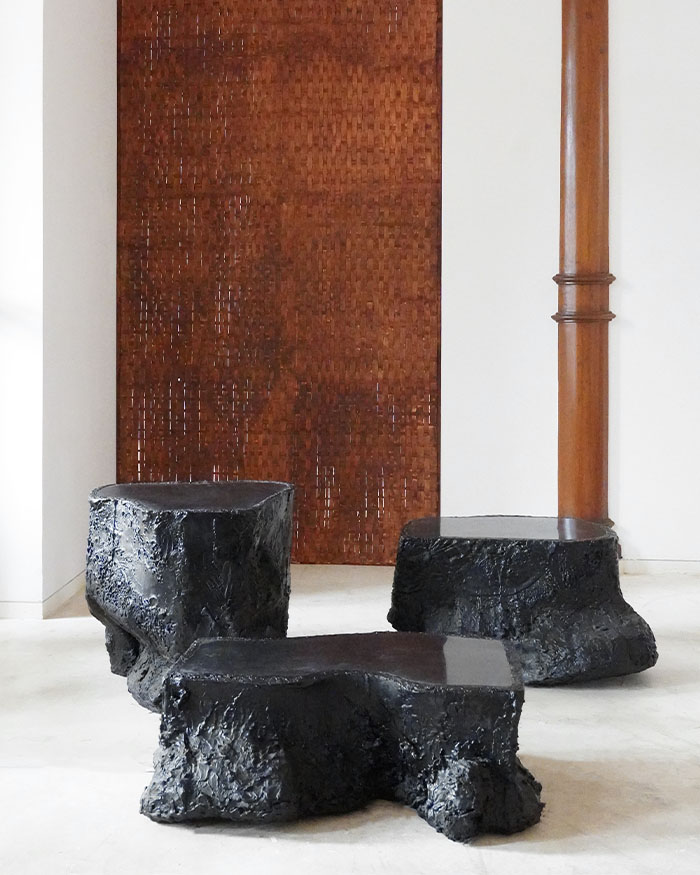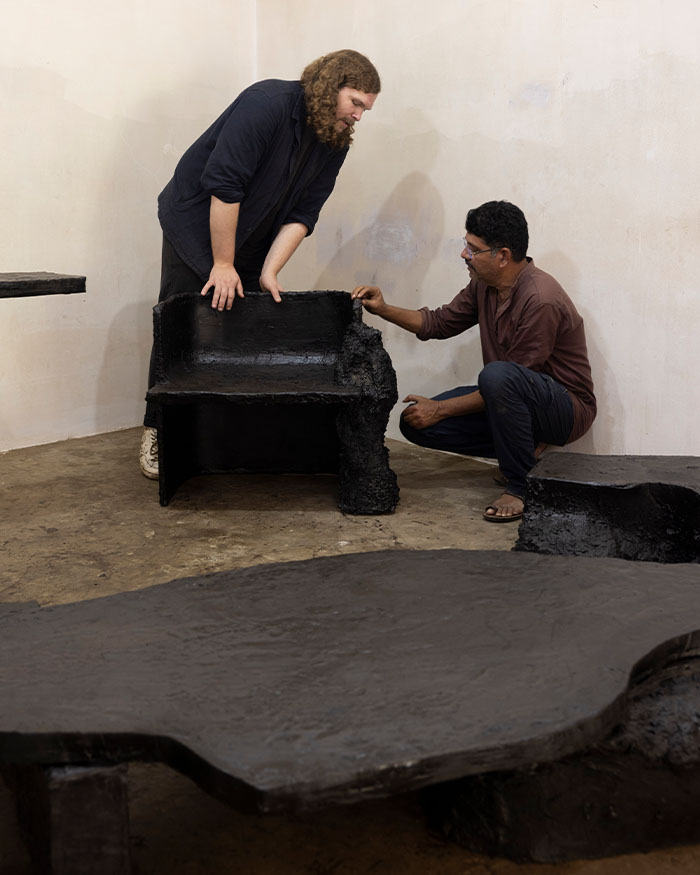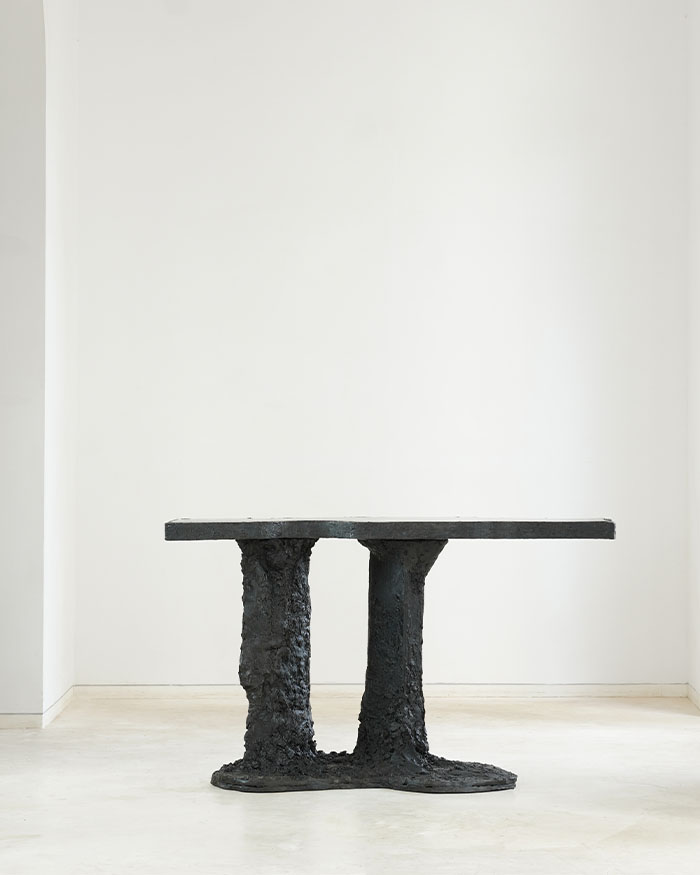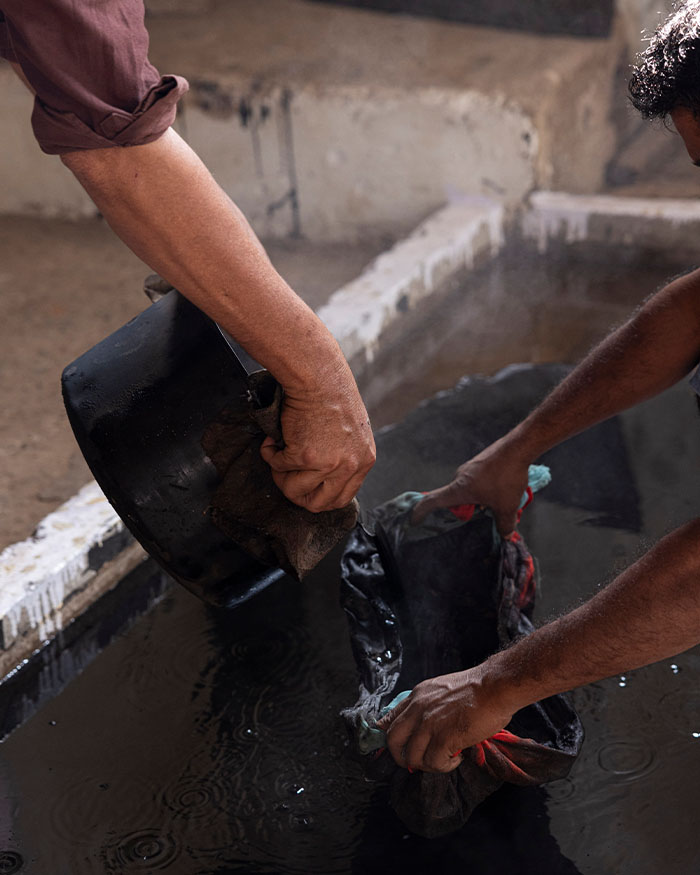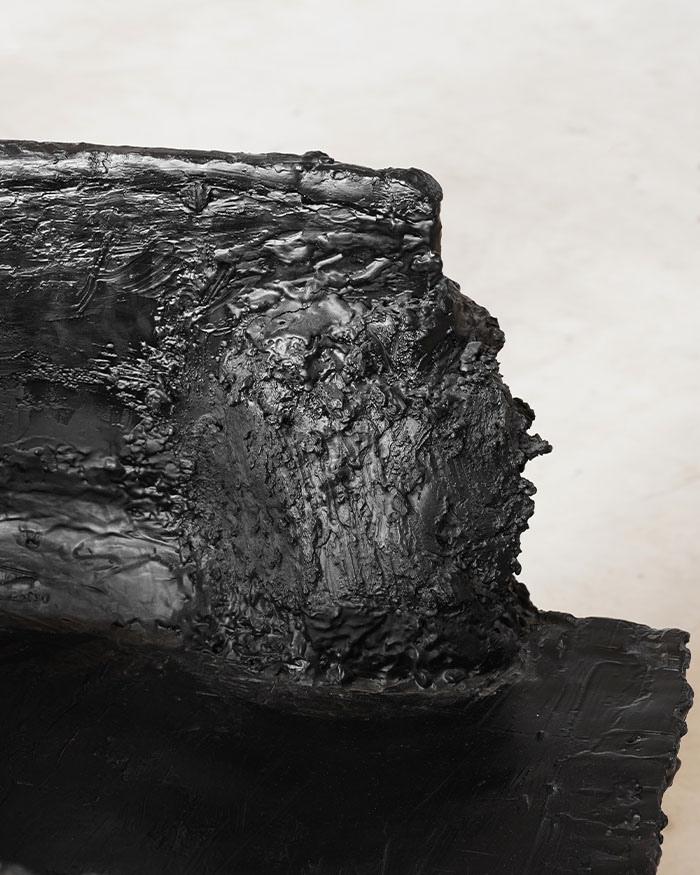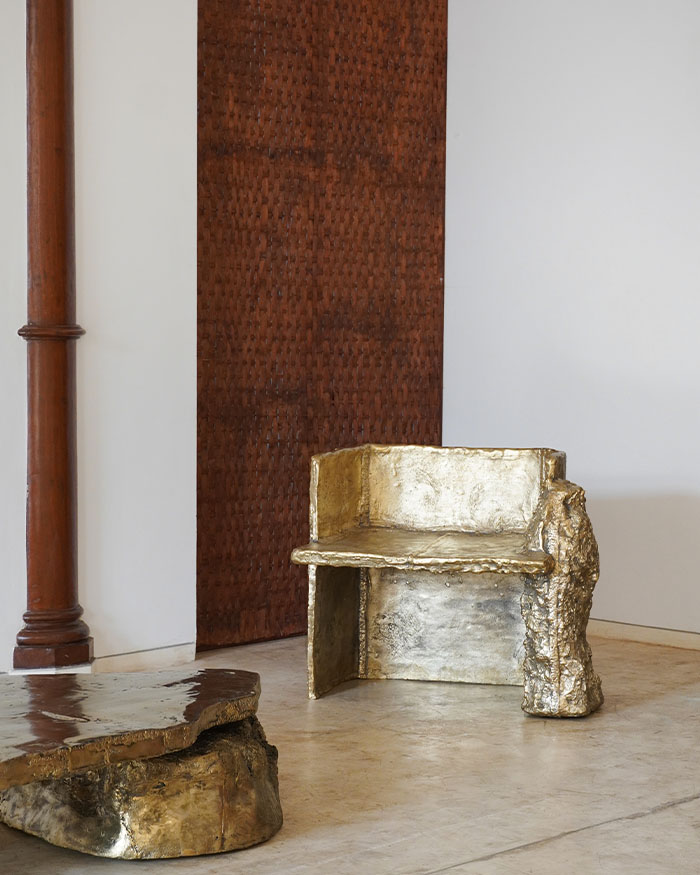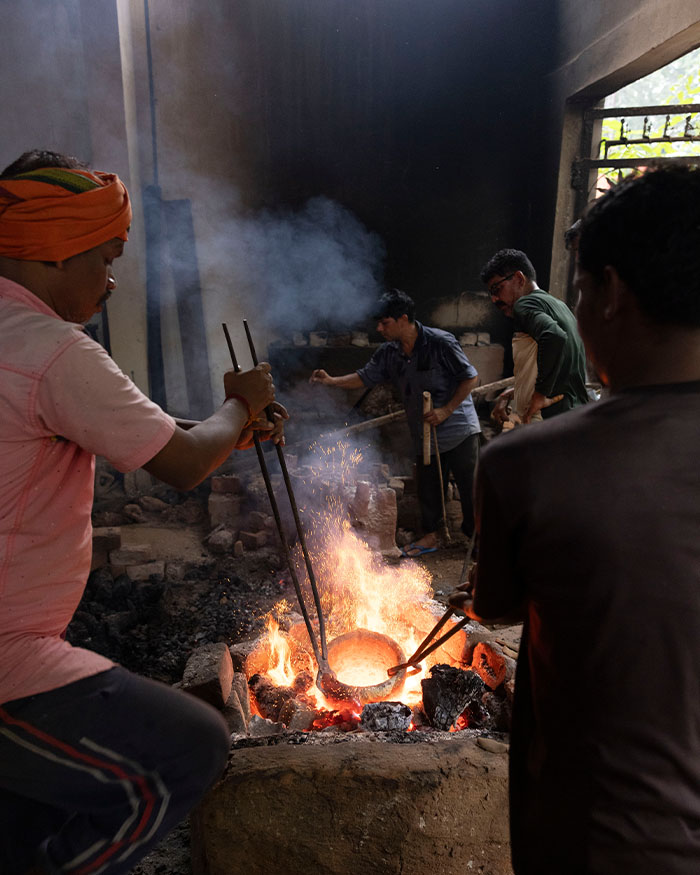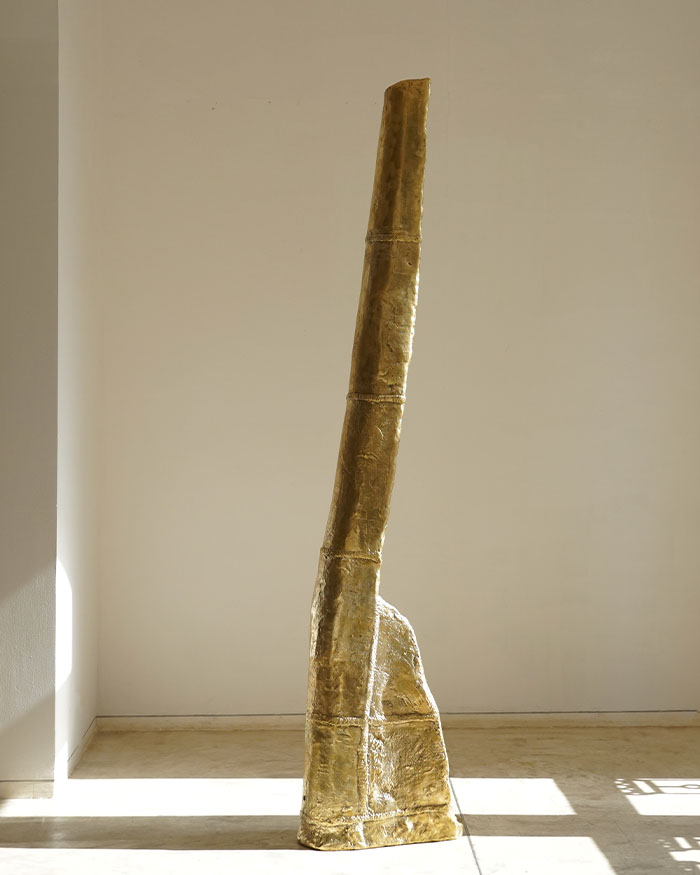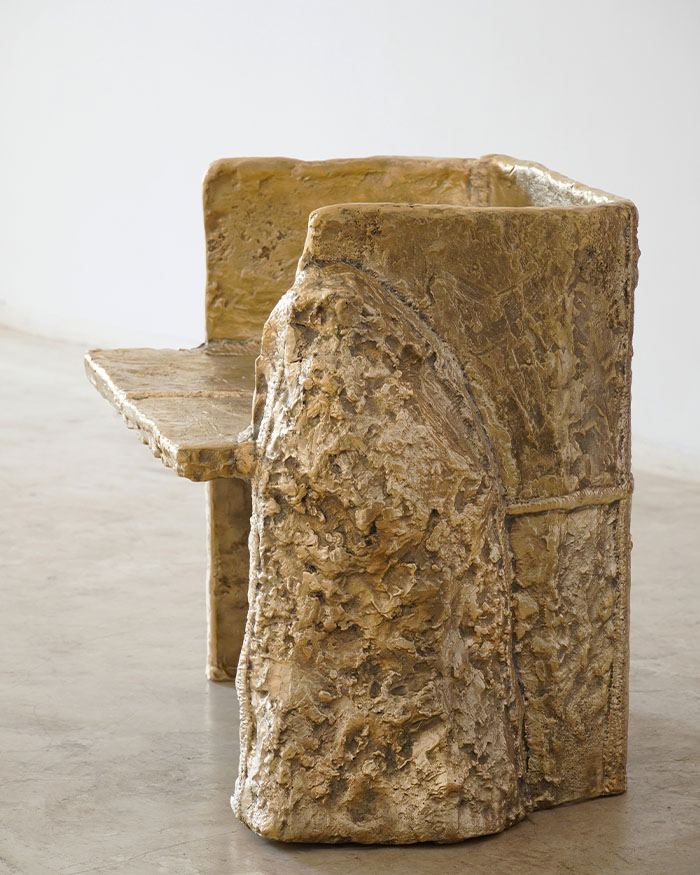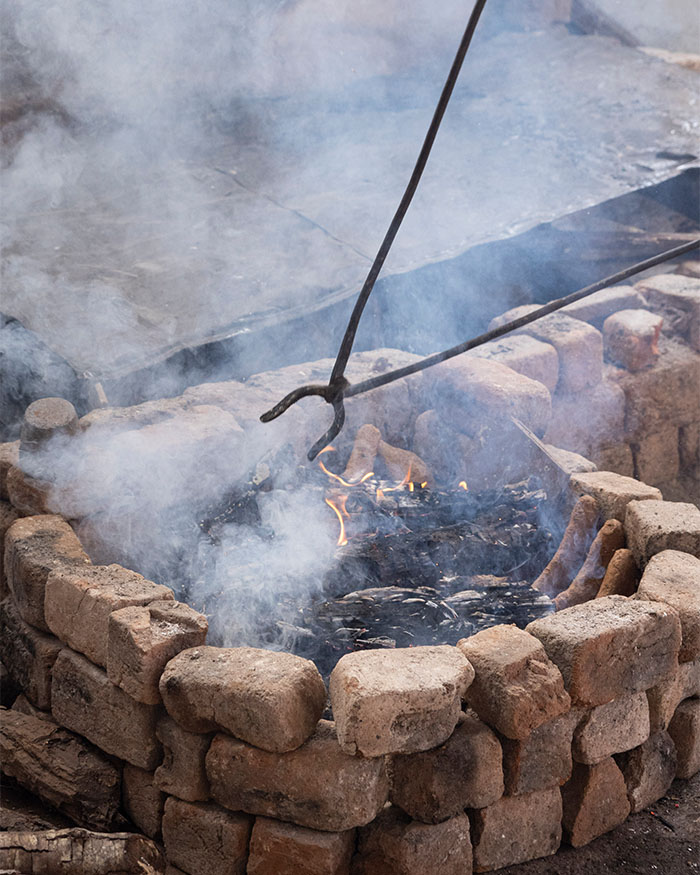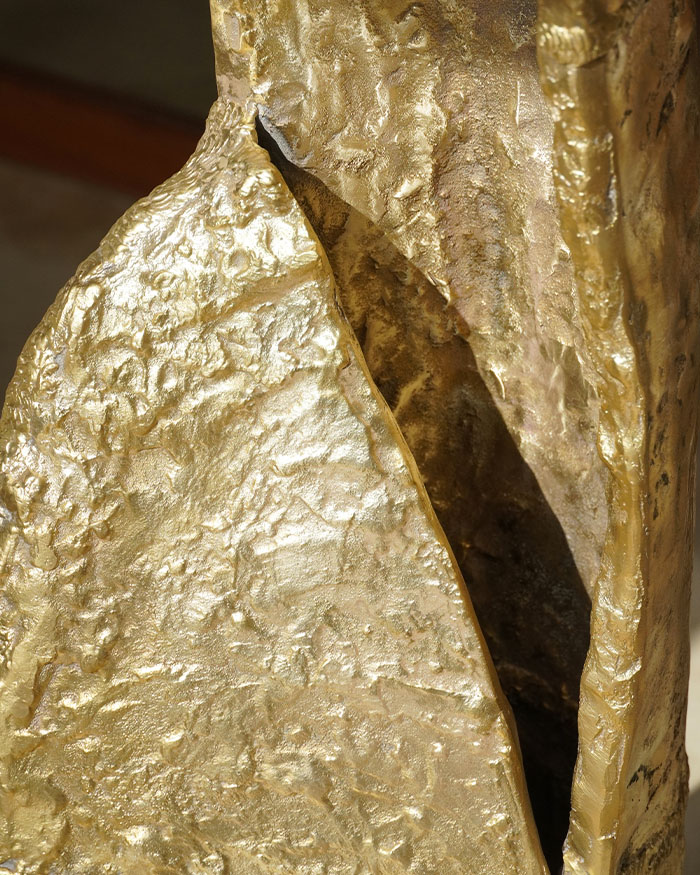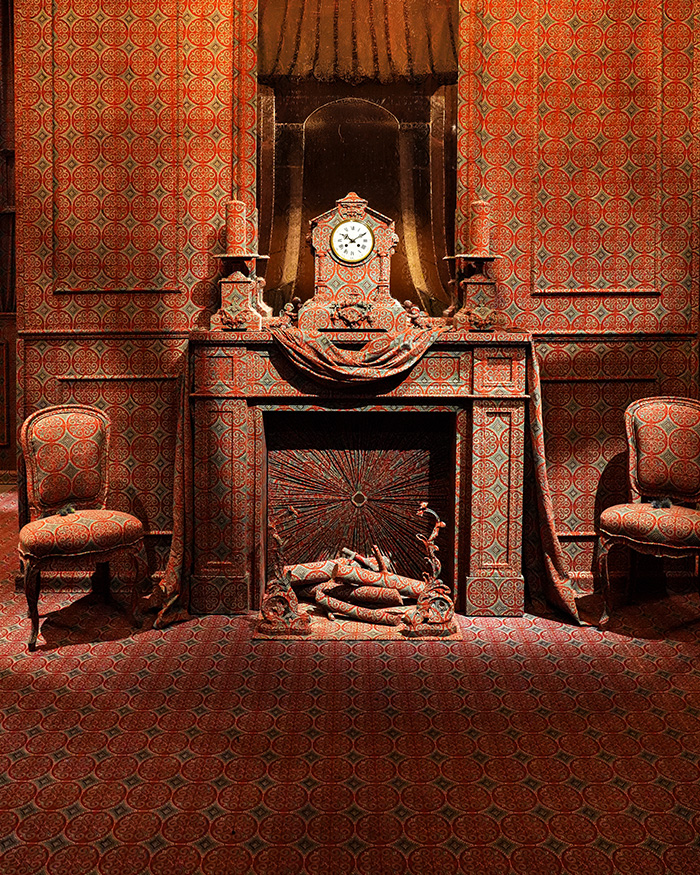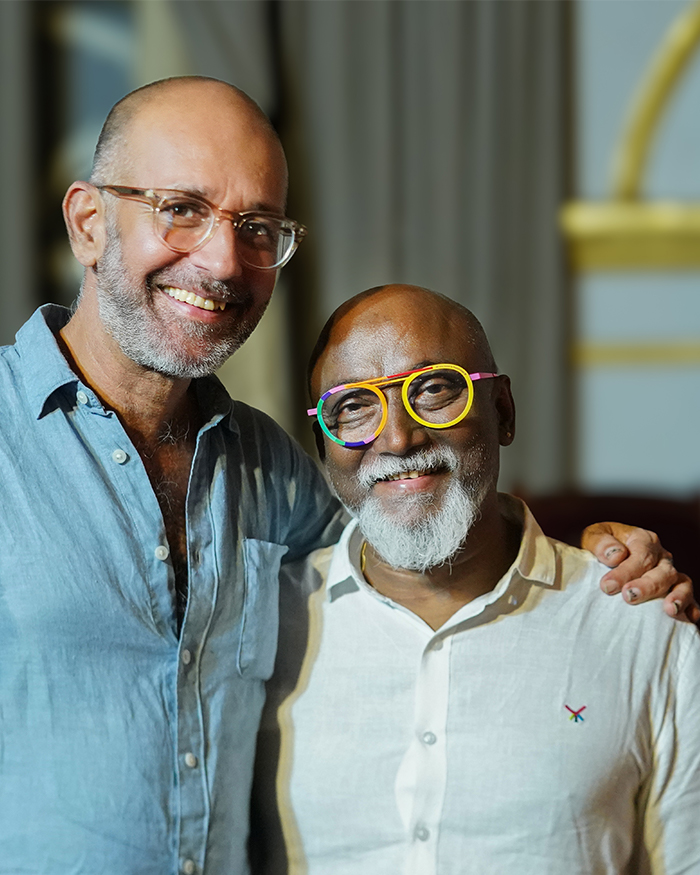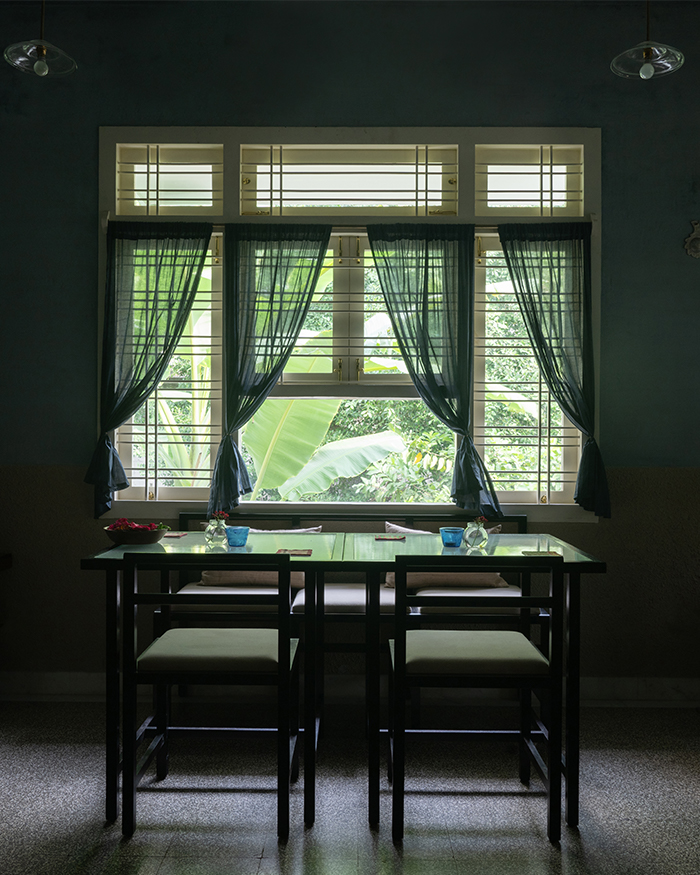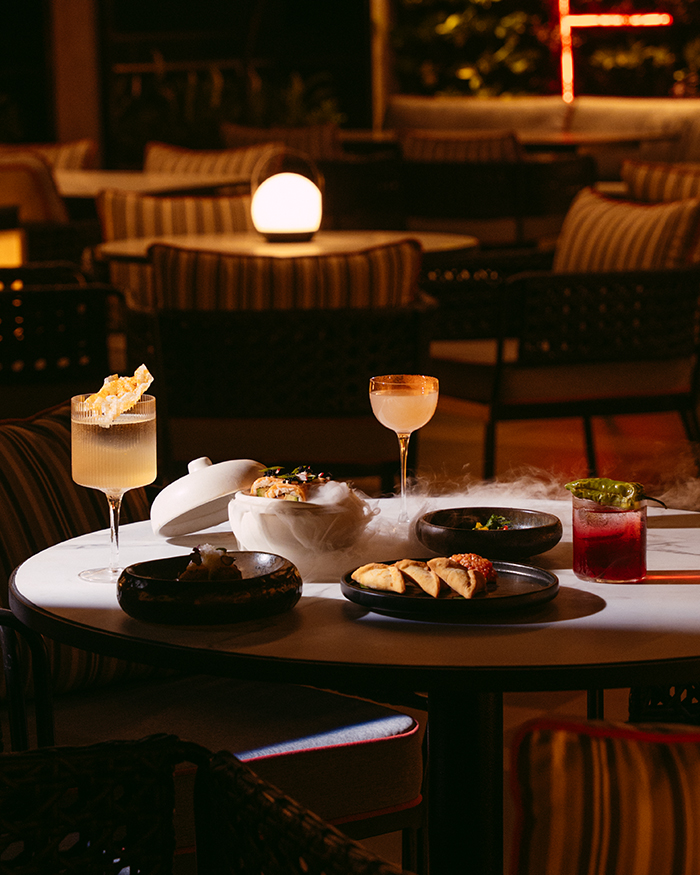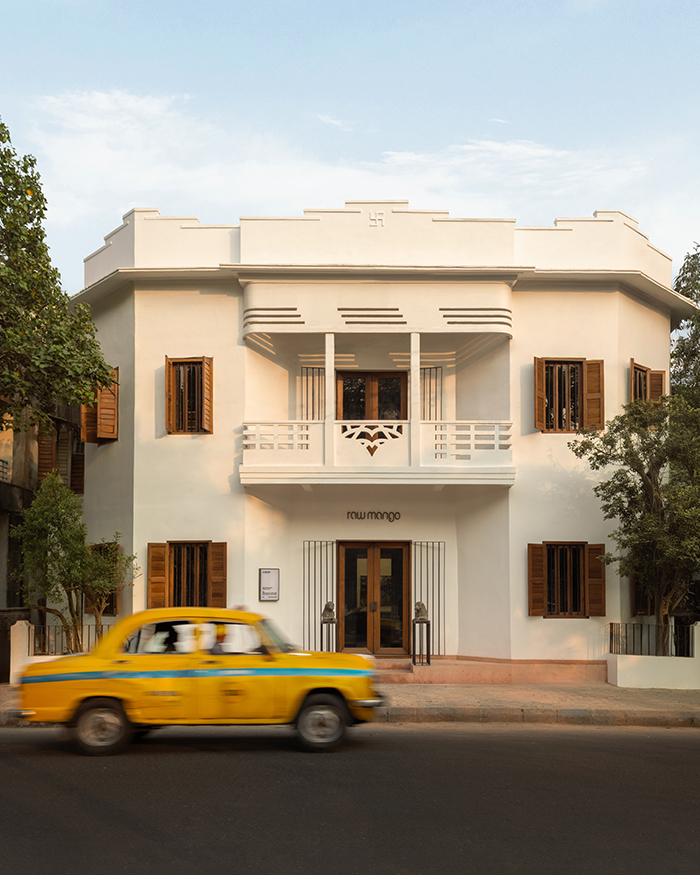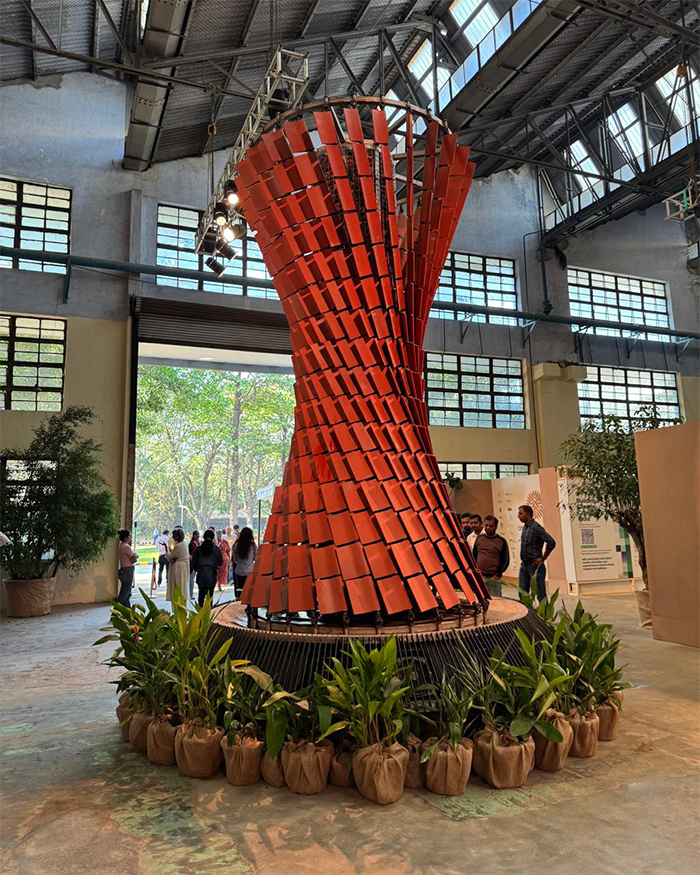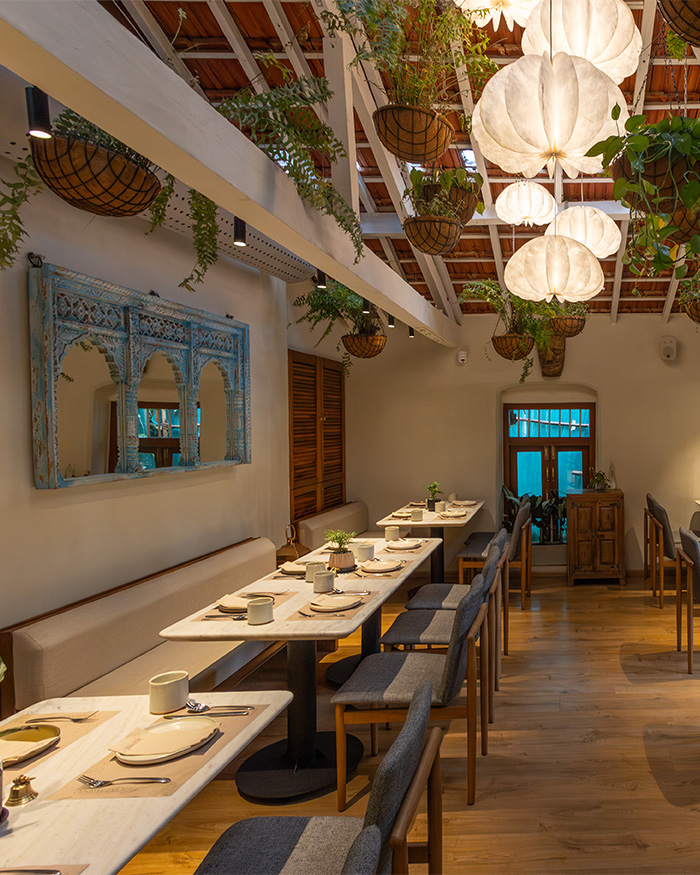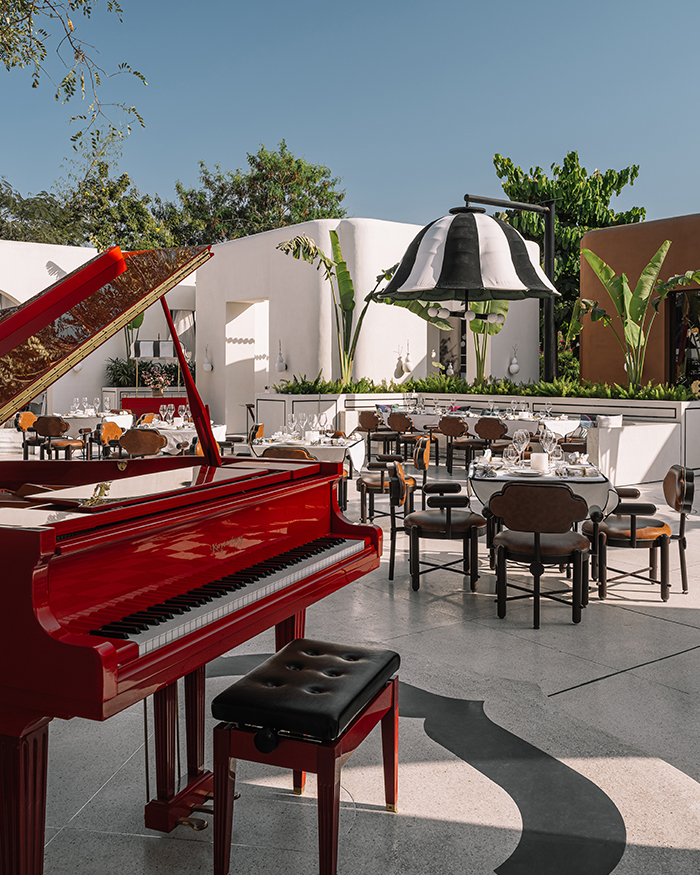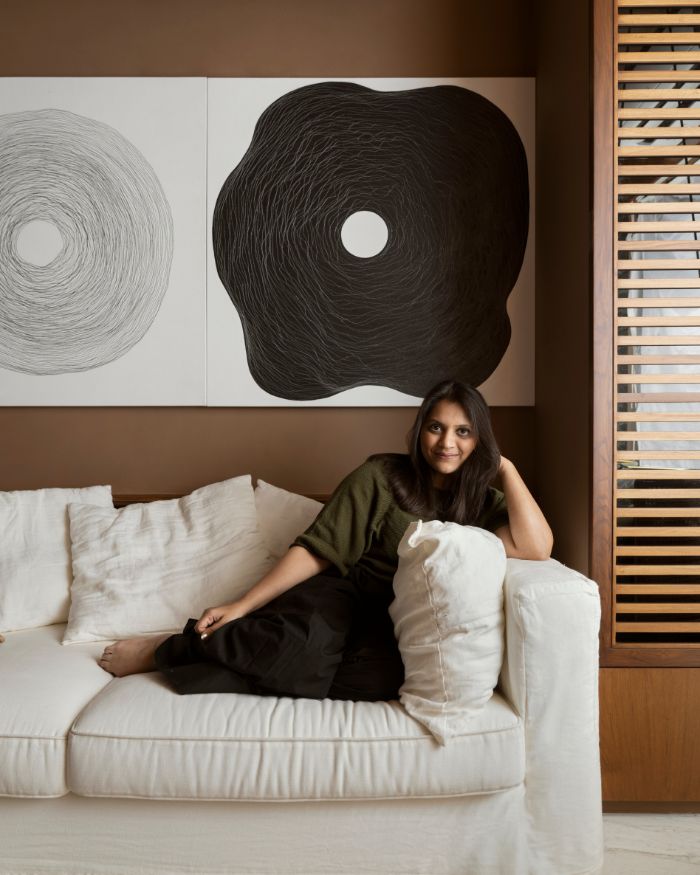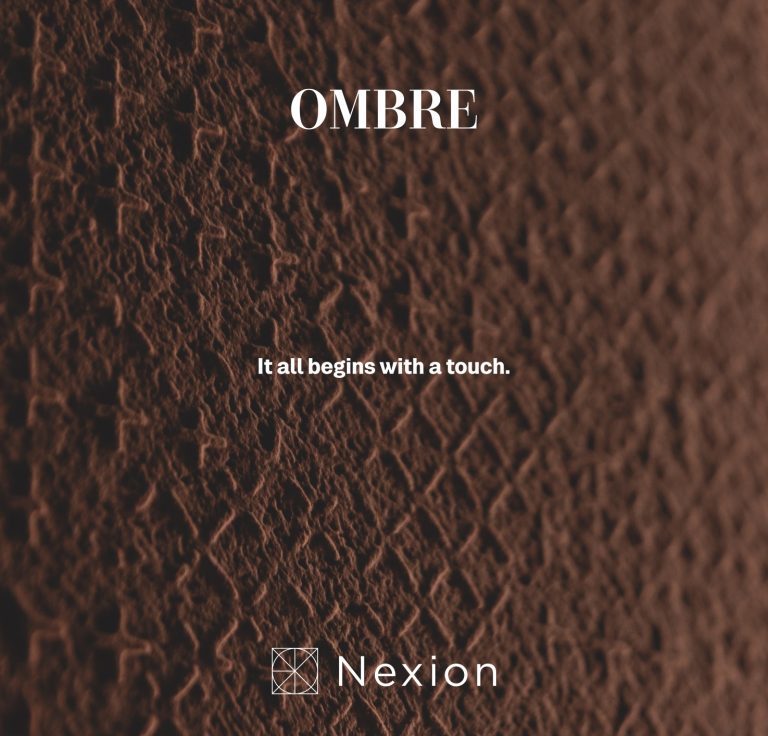Metal and wax. When designer Frédéric Imbert visited India for a collaboration with Æquo Gallery, it was not just India’s ancient metalwork that caught his eye but also the wax that is traditionally lost in the process. We often don’t think of the two materials in conjunction.
Metal demands attention, arresting the viewer through its brilliant flamboyance. Wax, on the other hand, is endlessly pliable and melts under a candle. There is nothing the two have in common when it comes to materiality, yet their shared craft narrative can be traced back to Harappa in the Indus Valley. “The collaboration with Aequo Gallery was not only a beautiful creative journey, but also a deeply human experience centred around the art of bronze,” shares Frédéric.
“I’ve always found it fascinating when a technique leaves its trace on a design, when a finished piece speaks both of my vision and the unique hand of the craftsman who helped shape it” – Frédéric Imbert

